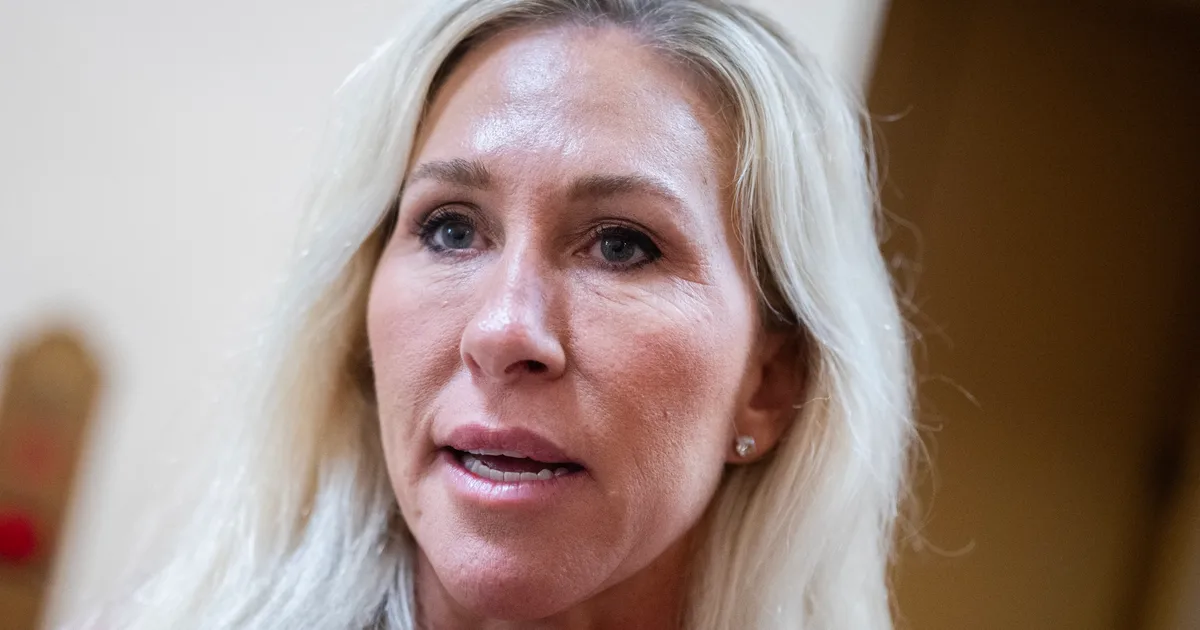By Eric Boehm
Copyright reason

Looking back on his career as one of Poland’s most prominent economists and political leaders, Leszek Balcerowicz offered a succinct lesson for policymakers everywhere.
“Most problems are the result of bad politics,” he told The Wall Street Journal in 2012. Democratic systems are beset by interest groups trying to expand state power for financial and ideological reasons, he explained. “Even if they are angels in the government, which is not the case, if there is not a counterbalance in the form of proponents of limited government, then there will be a shift toward more statism and ultimately into stagnation and crisis.”
Balcerowicz’s guidance as prime minister helped pull Poland out of the stagnation and crisis of communism after 1989. Two decades after he pioneered a “shock therapy” approach to liberalizing and privatizing the country’s economy, Poland managed to be the only country in Europe that avoided a recession during the 2008–2009 economic crisis.
Today, his wisdom is undeniable. This year, Poland will become the world’s 20th largest economy, surpassing Switzerland in the World Bank’s and the International Monetary Fund’s latest rankings, which are based on national gross domestic product (GDP). Fewer than 35 years after escaping the yoke of Soviet-style central planning, Poland doesn’t just have the small distinction of having the most successful economy to emerge from behind the Iron Curtain—it has become a legitimate global powerhouse.
The blunt measure of total GDP might actually undersell how remarkable Poland’s transformation has been. A better metric is GDP per capita, which measures the economic output per person. According to World Bank data from 2023 (which are adjusted for inflation and expressed in constant 2021 dollars), Poland’s GDP per capita was about $13,000 as it entered its capitalist era in 1990. By 2023, it was $44,400.
While that still lags behind the European Union (E.U.) average of $54,400, Poland has closed the gap with stunning speed. In 1990, Poland’s per capita GDP was just 38 percent of the E.U. average. By 2000, it was 46 percent. By 2010, it was 60 percent. And by 2023, the most recent year for which the World Bank provides data, it was 82 percent.
That’s a remarkable amount of catching up in little more than one generation. The trend seems likely to continue, as Poland’s economy posted nearly 3 percent growth in 2024 while the E.U. as a whole staggered along at just 1 percent.
Poland’s steady, 30-plus year climb was built on a solid foundation of good fiscal policy. Poland is a low-tax country
(by European standards). Since the early 2000s, its corporate tax rate has been significantly lower than the global average. The Polish economy also benefits from a relatively small national debt, which cannot exceed 60 percent of its GDP, thanks to a constitutional provision that Balcerowicz helped implement in the 1990s to control borrowing. (If America stuck to a similar limit, the federal government’s debt would be capped at about $17 trillion right now rather than the $29 trillion held by the public today.)
Poland’s economic success is even more striking when contrasted with another central European country recently valorized by parts of the American right.
Hungary was once wealthier than Poland—it had a per capita GDP of $21,400 in 1990, when it also emerged from under the thumb of the Soviet Union—but it now lags considerably and seems to be falling farther behind. A share of the blame goes to Hungarian President Viktor Orbán, who embarked on an economic and ideological project during the 2010s that caught the attention of conservatives and nationalists across the globe, particularly in the United States. Along with a crackdown on immigration, Orbán is a ferocious economic interventionist. In 2021, for example, he responded with aggressive price controls on food, fuel, and other essentials to combat inflation.
That shift toward statism brought predictable shortages and, as Balcerowicz warned, stagnation. Hungary’s economy sank into a recession after posting negative growth in the last two quarters of 2024.
Hungary’s brash strongman is skilled at drawing attention to himself. But Poland’s stability and growth ought to show the way forward—not just for central Europe, but for any place that throws off the shackles of authoritarian ideology and the central planning that comes with it.



